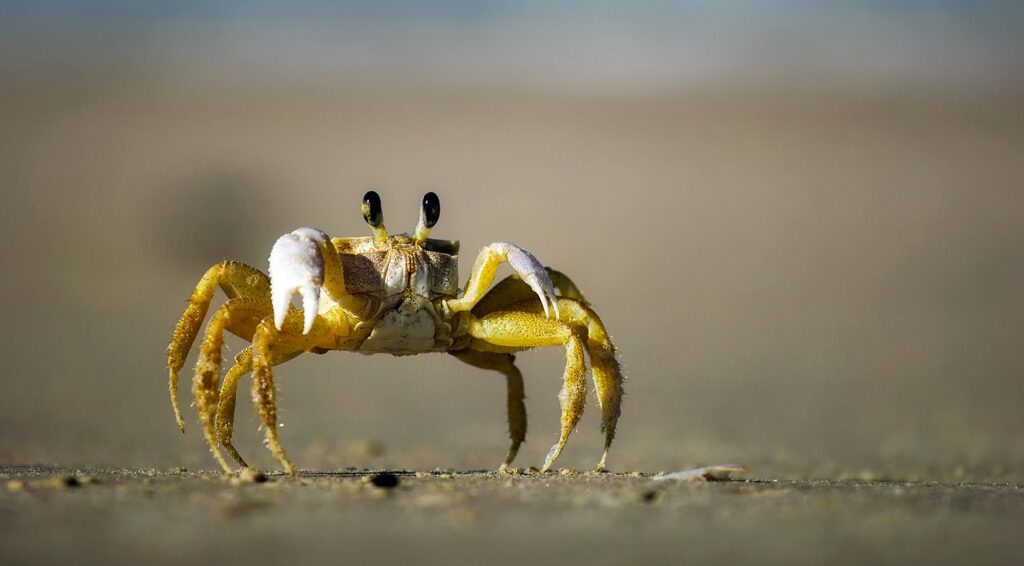Why Cars Could Soon Be Powered By Crabs
Finding new sustainable sources of energy is a must for the future. The new energy source could include crab-powered cars.
This article is more than 2 years old

In 2022, EVs are starting to become more popular. Due to its limited availability and costly nature, gasoline-powered cars are slowly being transitioned out for other types of vehicles running on renewable resources like electricity. But, could vehicles run on other unorthodox energy sources besides electricity? Thanks to a team of researchers from the University of Maryland, crab-powered cars with entirely biodegradable batteries could soon be a reality.
For an EV battery’s assembly and production, a significant amount of lithium must be used for manufacturing. Extracting lithium, though, can create all kinds of collateral damage to the environment. This has galvanized researchers to look into other resources for battery production, which has led to an unusual discovery. Liangbing Hu, director of the University of Maryland’s Center for Materials Innovation, is investing in bio-derived research for a better alternative to lithium-ion batteries. Chitin, a naturally-occurring chemical compound, could lead to the next generation of crab-powered cars.
Hu and his team of researchers found that chitin could be a powerful, bio-derived alternative to lithium. Chitin is found in fungi, squid pens, and the shells of crabs. The most abundant chitin resource is in the shredded exoskeletons of crustaceans like crabs, shrimps, and lobsters. Instead of potentially ruining a lithium deposit’s adjacent environment, chitin extraction could occur right at your dinner table. Finding something biodegradable and abundant that could replace lithium could be a significant game-changer for automobile manufacturers. Crab-powered cars could be the necessary step in the worldwide goal to lessen the ongoing emission of carbon and other pollutants.
A crustacean’s exoskeleton doesn’t look like much, but its skin can be utilized as a potent energy source. According to these researchers, crab-powered cars would be highly efficient and an incredible alternative to gasoline. Crab batteries could also store substantial amounts of wind and solar energy. What’s more exciting is that Hu believes more bio-derived energy sources and natural polymers exist for nations to invest in, providing cleaner and more sustainable energy sources to the planet. If crabs contain a chemical compound that is as proficient as lithium batteries, imagine what other natural resources can work similarly.
One of the most exciting parts about crab-powered cars is that their batteries would be biodegradable. Instead of lithium-ion batteries that take more than 100 years to decompose correctly, crustacean batteries would only take five months. The only waste these batteries would have is zinc, which can be effectively recycled. Crab batteries would be the first completely recyclable and sustainable batteries, if created accordingly.
Hu believes this is a promising step forward for biodegradable batteries. Since lithium-ion batteries harm the environment from extraction to decomposition, replacing them with bio-derived substances would significantly aid in Earth’s battle against climate change. Especially with how large electric car batteries need to be, producing crab-powered cars could substantially enhance an EV’s sustainability and effect on the environment. As research continues around chitin and its existence in crustaceans, more funds will hopefully be invested in this type of eco-friendly exploration and analysis.



